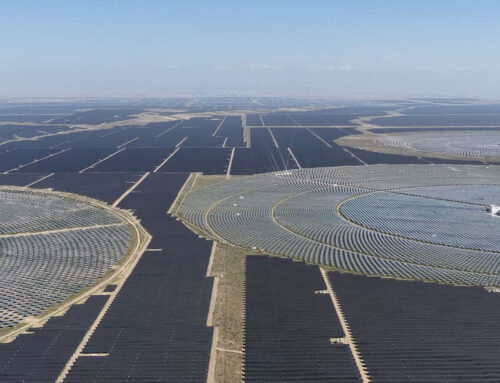Affordable housing or a toxin-free environment shouldn’t have to be a choice
October 12, 2025
By Elliott Ruga
What is more important: finding an affordable place to live or having a healthy and safe environment?
My profession might suggest I lean one way, but I understand how someone living out of their car in the dead of winter might prioritize differently, placing immediate shelter over clean water and a toxin-free environment.
The bigger question is: why are these critical values on a collision course? Why are we being forced to choose one over the other?
This year, when the Department of Environmental Protection (DEP) proposed sweeping changes to its Flood Hazard Area, Wetlands, and Coastal Management Zone Rules in response to alarming climate models, builders’ lobbyists quickly intervened. They warned the governor that adopting these rules would lead to an economic retreat from the shore, regulatory takings of private property, and an inability to meet affordable housing goals. In response to these dire — if overstated — warnings, the rules were re-proposed in a weakened form.
One of the provisions now allows developers to claim a hardship waiver from the rules for “inclusionary” residential developments — projects that include both market-rate and affordable housing units. Since most residential developments of four or more units are inclusionary, this effectively gives developers a blanket waiver from the regulations.
But development interests didn’t stop there. In June, municipalities across the state were required to file their Housing Elements and Fair Share Plans (HEFSPs) under the recent affordable housing legislation. Each municipality was assigned a specific number of affordable units to meet their share of the regional need over a 10-year period. I have since learned from several reliable municipal attorneys that that 400 HEFSPs are being challenged, in one way or another, by the Fair Share Housing Center as well as by developers. In the Highlands Region alone, I’ve seen at least 16 such challenges to Highlands conforming municipalities. If a challenge is upheld, the municipality could lose its protection against builder’s remedy lawsuits. The impact on unbridled development in this region will have severe impacts across the entire state. The Highlands Region supplies 840 million gallons of clean drinking water a day to 70% of the state. When the Highlands Act was enacted in 2004, it was done so as an extraordinary intervention by New Jersey to halt the overdevelopment that threatened the state’s drinking water. Yet the number of market rate units that must be built so that developers absorb the cost of the number of affordable units assigned in the Highlands will pose a threat to the region’s ability to continue to produce a water supply for the state
The environmental impacts don’t end in the Highlands Region. Take West Orange Township, for example. On the ridge of the Second Orange Mountain, a developer is proposing 496 residential units in a 127-acre forest — the last mature, intact forest east of the Highlands. Because this is an inclusionary development resulting from a builder’s remedy lawsuit, the West Orange Planning Board may be unable to deny it, despite widespread opposition and expert testimony warning of flooding, water quality issues, and environmental degradation.
The Mt. Laurel I and II Supreme Court decisions from 1975 and 1983, which established affordable housing as a constitutional right, explicitly state that meeting this obligation should not require sacrificing forests and environmentally sensitive areas. Yet, under the banner of affordable housing, the development lobby has found a way to bypass water quality regulations — hard-won rules designed to protect environmentally sensitive areas that safeguard our water supply and provide other critical benefits.
Because the New Jersey Supreme Court has said access to affordable housing is a constitutional right, affordable housing takes precedence over environmental concerns. Yet everyone in New Jersey, including those in need of affordable housing, requires clean air, clean water, and a healthy environment. If ever there was a clear case for why New Jersey needs a Green Amendment to its Constitution, it is now.
Housing and environmental advocates should not be pitted against each other in a battle for supremacy. This conflict is a distraction from their equally important core missions. New Jersey’s governor and Legislature have the tools to resolve these competing priorities by first declaring both as equally critical and then striking the proper balance. It’s time they do.
Calling your elected representative in the state Assembly or Senate is the most effective way to influence policy. To find your state Assemblymember and Senator to voice your position, go to the New Jersey Legislature website’s Legislative Roster.
Elliott Ruga is policy and communications director of New Jersey Highlands Coalition.
If you purchase a product or register for an account through a link on our site, we may receive compensation. By using this site, you consent to our User Agreement and agree that your clicks, interactions, and personal information may be collected, recorded, and/or stored by us and social media and other third-party partners in accordance with our Privacy Policy.
Search
RECENT PRESS RELEASES
Related Post




